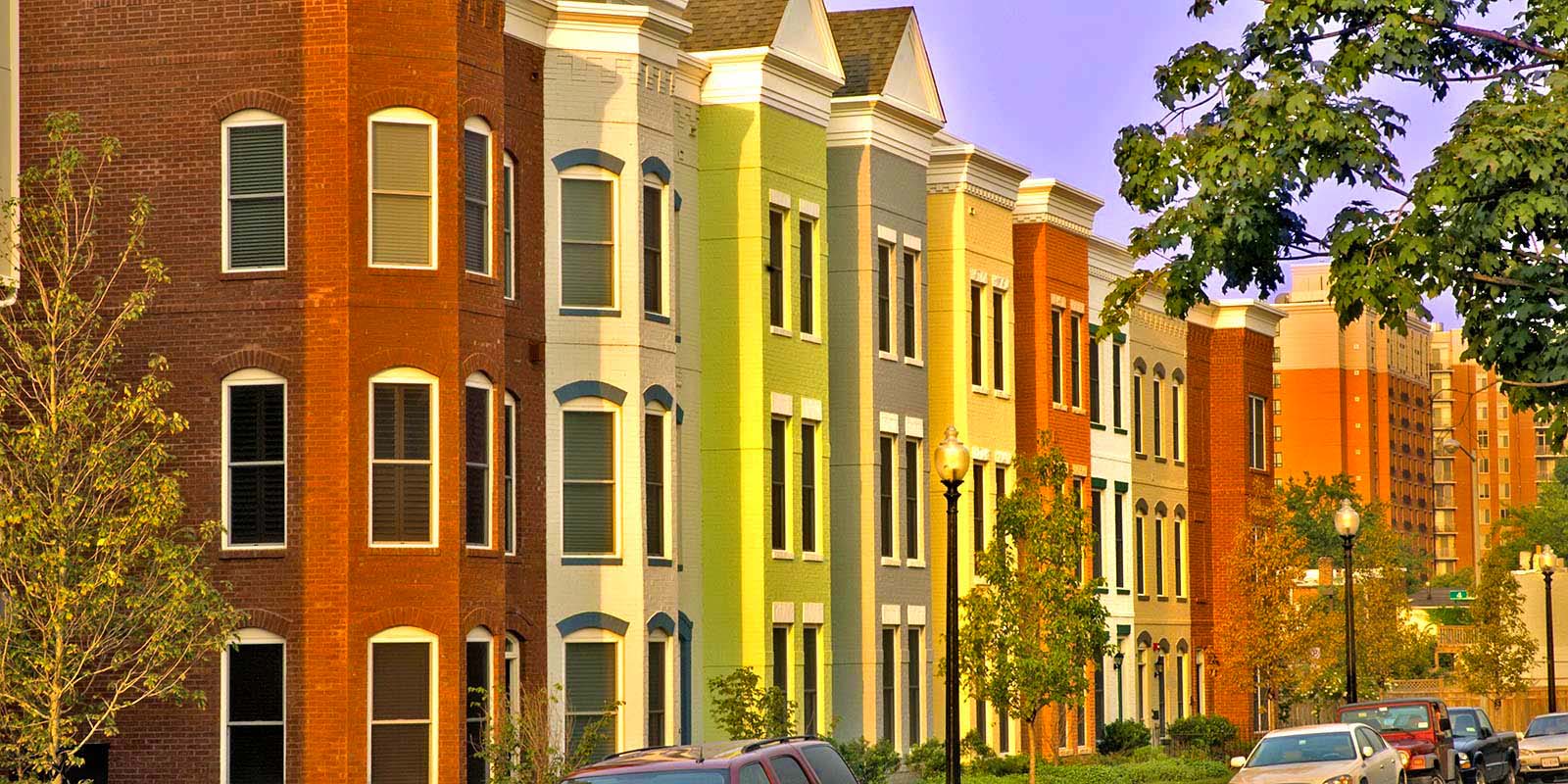Top Signs You Need a New Heating System Installed
As seasons change and temperatures drop, your home’s heating system becomes one of its most essential components. While regular maintenance can extend the life of your system, there comes a point when repairs are no longer enough—and a full replacement becomes the smart, cost-effective choice. But how do you know when it’s time to stop repairing and start fresh?
Here are the top signs you may need a new heating installation to keep your home warm, efficient, and safe.
1. Your Heating System Is More Than 15–20 Years Old
Most furnaces and heating units are built to last around 15–20 years with proper care. If your system is within or beyond this age range, it’s likely operating far less efficiently than today’s newer models. Even if it’s still functional, aging units often require more frequent repairs and can significantly drive up energy costs.
Replacing an outdated system with a modern energy-efficient model can reduce utility bills and improve home comfort.
2. Your Energy Bills Are Rising
A noticeable increase in your heating bills—without a corresponding spike in usage—is a red flag. Over time, heating systems lose efficiency and work harder to produce the same level of warmth, leading to higher energy consumption. If your utility bills continue to climb despite routine maintenance, your system may be too inefficient to justify continued use.
Upgrading to a new system with the help of professionals from https://petrocelliservices.com/ can lower monthly expenses and may qualify for energy efficiency rebates or tax incentives.
3. Uneven Heating Throughout Your Home
Are some rooms in your home colder than others? Uneven heating often indicates a failing system or one that’s too small for your home’s layout. Duct issues, blower malfunctions, or outdated thermostats may play a role, but if repairs don’t resolve the problem, the system itself could be the root cause.
A new heating system can ensure consistent, reliable warmth across all living spaces.
4. Strange Noises or Odors
Unusual sounds—like banging, rattling, or squealing—should never be ignored. These can signal loose parts, motor failure, or other mechanical issues. Similarly, musty or burning smells may point to dust accumulation, worn-out components, or even electrical issues.
Persistent noise and odor problems are often indicators that your system is nearing the end of its life.
5. Frequent Repairs Are Becoming the Norm
Needing a repair once in a while is normal—but if you’re calling your technician multiple times each season, it’s a sign your system is deteriorating. At some point, the cumulative cost of repairs can surpass the price of a new unit.
A reliable heating system should operate smoothly with only routine annual maintenance—not constant service calls.
6. Your System Still Uses an Obsolete Fuel Source
Some older systems rely on outdated or costly fuel sources, such as oil or electric resistance heat. If your system is incompatible with modern energy-efficient technology or no longer meets local code requirements, replacing it may be the only safe and economical option.
A new system can offer compatibility with smart thermostats and allow for upgrades like zoned heating or integration with solar energy.
7. Poor Indoor Air Quality
Heating systems do more than heat your home—they also circulate air. If you’re noticing more dust, humidity problems, or increased allergy symptoms, your system may not be filtering air effectively.
Modern systems often come with advanced filtration features to improve indoor air quality and comfort.
Your heating system plays a crucial role in keeping your home safe and comfortable during cold months. If you’re experiencing any of the signs mentioned above—rising bills, frequent breakdowns, or uneven heating—it may be time to consider a new heating installation. Upgrading your system isn’t just about comfort; it’s an investment in energy efficiency, safety, and long-term savings.
Consult with a licensed HVAC professional to evaluate your current system and explore the best options for a replacement that suits your home’s size, insulation, and heating needs. The right system can keep you warm and worry-free for years to come.

